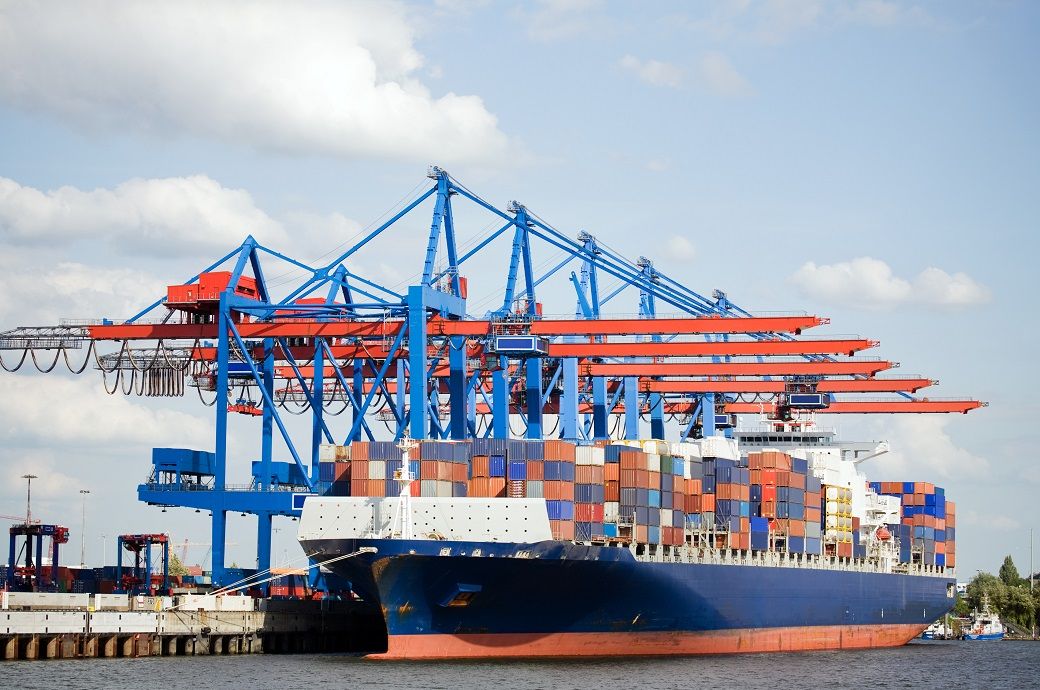

There were once again considerable divergences across major global regions, with stronger demand patterns in Asia and North America contrasting with a prolonged downturn in Europe. That said, the latest reduction in economic activity across Europe was the least marked since May 2023. Greece, Spain, Ireland, and Italy were the outperforming euro area nations at the start of 2024. Relatively subdued economic performances continued in France and much of central Europe.
January data signalled the fastest upturn in export conditions in Asia for eight months, helped by resilient economic growth in China and the ASEAN region. Renewed economic expansion in Japan and South Korea in January added to the turnaround in export conditions across Asia.
Meanwhile, another solid performance from the US economy at the start of 2024 led to the sharpest upturn in export conditions across North America since last July.
January data from the HCOB Germany Manufacturing PMI illustrated another sharp reduction in new export orders, but the rate of decline eased for the fourth month running to its least marked since April 2023 (index at 42.5). Slower rates of contraction were seen across all four major categories of manufacturing exports monitored by the survey.
Chemicals remained the best-performing area of the German manufacturing sector in terms of the trend in export sales. The latest survey indicated that new orders from abroad fell at the weakest pace since May 2022. Exporters in the chemicals segment commented on signs of a turnaround in demand for raw materials across the global manufacturing sector, in part helped by customer restocking.
Weak household demand across Europe was a major drag on German manufacturers' export sales in the consumer non-cyclicals segment. The rate of decline in this category eased slightly since December but was still faster than the trend seen in the second half of last year. Exporters noted squeezed consumer budgets and lacklustre spending on non-essential items in major overseas markets.
“Finally, some positive developments emerge for the German export industry, offering a glimmer of hope amidst recent challenges. This uptick in purchasing enthusiasm is notably driven by Asian countries, the USA, as well as Brazil and Saudi Arabia. Encouragingly, global conditions have brightened across both manufacturing and service sectors in January, hinting at a potential shift towards growth for Germany's export-dependent manufacturing sector in the coming months,” said Dr Cyrus de la Rubia, chief economist at Hamburg Commercial Bank.
Fibre2Fashion News Desk (DP)